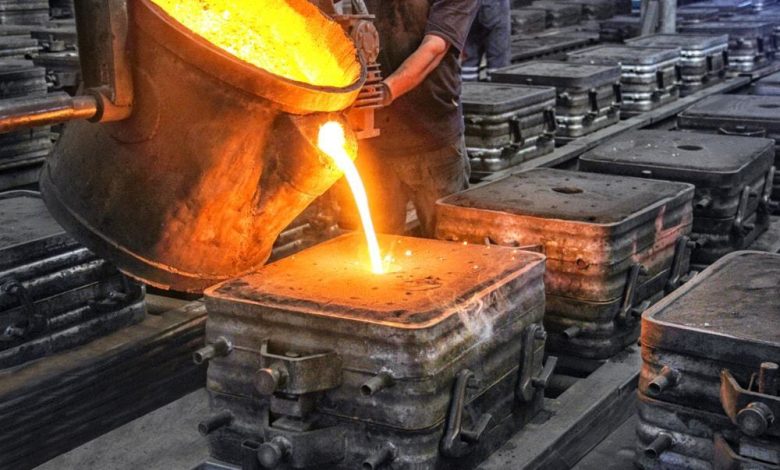Tolerances in investment casting: an introduction and their significance

Metal casting is a production method that dates back more than 6,000 years and is still widely used and respected today. The sorts of metals that were used have changed through time, beginning with gold about 4,000 BCE and progressing through bronze, copper, and iron around 1,000 BCE. After all, the development of civilization has been referred to as the Copper Age, the Bronze Age, and the Iron Age ever since ancient times. These ages are called after the metal investment casting procedures that were used the most throughout that time period.
Although there have, without a doubt, been many developments in terms of technology over the course of the millennia, the fundamental idea and the advantages have remained the same.
What is investment casting?
When compared to other casting techniques, such as sand casting, investment casting, also known as lost wax casting, is considered a precision metal casting method because it is capable of producing castings that are both highly accurate and finely detailed.
Why use the casting method?
The process of making items out of metal may be made much easier by casting. To produce a specific design, molten metal is often poured into a mold before being allowed to cool. On the pattern surfaces, a minor taper, also known as a draft, is applied in order to facilitate the removal of the pattern or the component. After the pattern has been removed from the casting box, cores may be inserted into the box to create channels or cavities inside the casting if they are required.
A casting reduces the number of components and the number of individual pieces that need to be assembled. One item may be cast out of a weldment that originally consisted of a dozen separate parts. This results in a reduction in the amount of time needed for assembly, an easier process for keeping track of inventory, and a cheaper total cost since less machining is necessary. In addition, there is an enormous range of options available for casting.
Aluminum die casting benefits
Even if we are not living in what is known as “the Aluminum Age,” it is very possible that we are. These days, people want aluminum because of its low weight and its strength.Early commercial aluminum products consisted of castings of cookware and various decorative items. However, modern applications of die cast aluminum include these types of applications.
Aluminum not only results in a reasonable piece price, but it also enables rapid cycle times and high-volume manufacturing, which may reach up to one thousand pieces per day depending on the requirements of the machining process aluminum is used. Iron is an exception to this rule since it cannot withstand high pressure, hence the only casting method that can be used with iron is sand casting.
The process of investment casting is rapidly gaining in popularity as it is proving to be beneficial to an increasing number of individuals as well as businesses. The manufacturing facility can be simply managed by Investment Castings India, which enables them to provide the finest items in their industry and for their customers.
When tolerances aren’t met, a variety of different things might happen
- More scrap metal from the foundry or the machine shop.
- Issues raised by a consumer about the warranty
- A product that is not performing as it should
- Modify the tooling, whether it was cast or machined.
- Additional machining
The Numerous Benefits Obtained Through Investment Castings India
- Using investment casting, it is possible to cast as a single piece even exceedingly complicated parts with fine details.
- Castings with thin sections as small as 0.40 millimeters (0.015 inches) in thickness are possible when the length or depth of the feature is short or shallow.
- Castings made using the lost wax method have superior dimensional precision, narrower tolerances, and are simpler to produce.
- The molten wax may be repurposed by design engineers for use in another pattern. As a result of the mold’s durability, they may utilize it more than once.
- Casting tiny, complicated components is best accomplished with this method. This casting procedure is also preferable for the production of parts that weigh more above 75 pounds.


